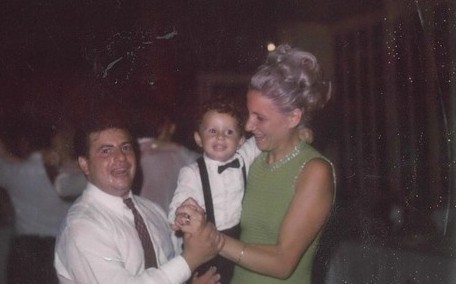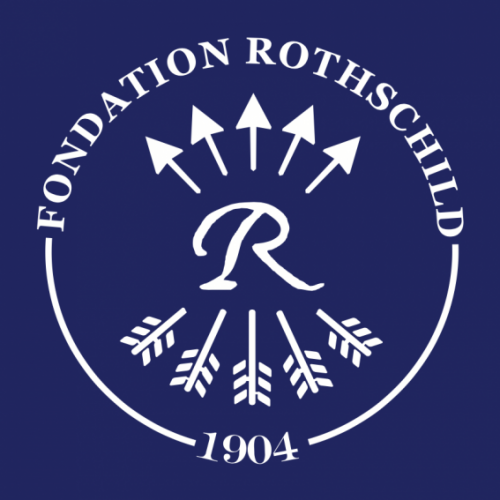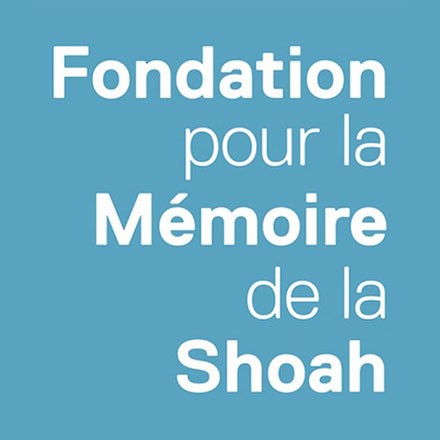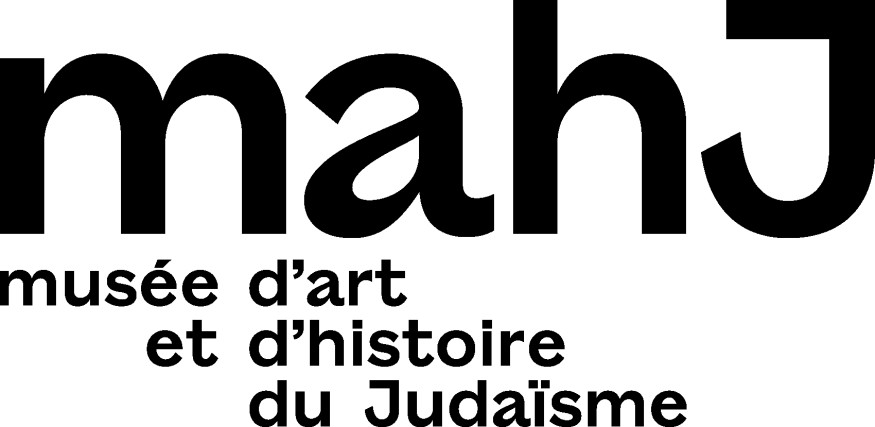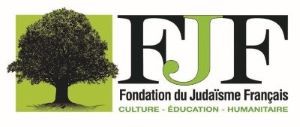This text by Joseph Ziegler, first written and published in December 2023, offered a personal account filled with thoughts about Kfir Bibas, the youngest Israeli taken hostage on October 7. We now know that his tragic fate was sealed with his murder by Hamas.
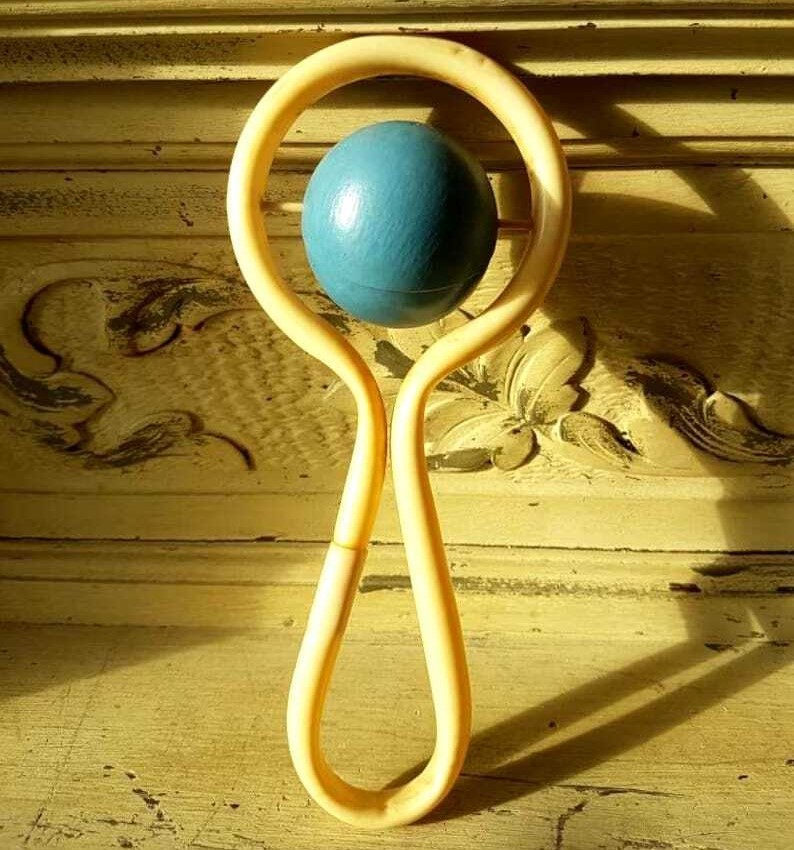
Arthur has Excalibur. Thor has Mjolnir. Kfir is too young to name his rattle. He’s too young for almost everything, including being a hostage. To be. To have been. Who knows? Hope is life. Too bad he’s too little to hope.
It’s hard to imagine in our part of the world a systematic pogrom, an organized mass grave, a carefully planned if poorly executed hostage taking, fifteen hundred Jews slaughtered with gusto, and hundreds of citizens from all over the world locked away in macabre tunnels. A journalist, a politician, or anyone with a good Internet connection can see these massacres. But it’s not the same. It means being willing to make your nightmares come true and to face the horror. I’m not willing to do that—these archives don’t soften the most fiendish of our antisemites, so why should I do this to myself?
When I drop my son off at school in the morning, when I go to buy milk for my youngest, when I walk down the street with my oldest, who is old enough to understand but too young to know—in short, whenever I am on the street, alone or accompanied, I look at these posters without seeing them. Crumpled images adorn billboards and Maurice columns, recycling bins and the windows of shops whose leases are up for sale. Smiling faces and, in white letters on a red background, the words—“Bring them home.” Images pasted on like wild advertising, a process so fashionable in recent years for brands, films and comedians looking to give themselves an underground style. Perhaps this is what the fight for a little bit of humanity has become-underground. Groups of Jews take to the streets at night to put up posters that appeal only to those who bother to see them, before the champions of tolerance, self-styled resistance fighters and true lovers of peace and justice tear down these unbearable Zionist propaganda placards. And I, alone or in company, step up the pace to protect my children, I would have myself believe, when in truth I only want to protect myself—these posters don’t touch the most fiendish of our antisemites, so why should I do this to myself?
I am like Françoise in La Recherche [1] unable to imagine the pain of her loved ones but bursting into tears when she reads of distant catastrophes, impervious to pity for one of the young cooks in the house but crushed when she reads of the symptoms of her illness. I can’t sustain these glances and briskly brush them aside until something familiar to anyone with babies in their midst enters my field of vision-a globe with interlocking pieces of plastic in simple colors and empty spaces for easy grasping. I can’t remember if it’s visible on the poster, but I know there’s a ball filled with marbles in the center. This ball is a rattle that the baby can grab and roll at random until he understands that he can make passes to his astonished mother or father. Framing this rattle ball like two ears, two chubby baby handcuffs emerge from a gray bodysuit, and next to the rattle, as if posing with a star, an even chubbier, rounder, redder face—the face of Kfir Bibas, a ten-month-old Israeli-Argentinean baby.
I’m Jewish, and I’ve always known about pogroms as far back as I can remember. I don’t remember when I first learned about them. My parents never sat me down in a chair and told me—this is what is happening. On October 7, the events unfolded with sadness for the present and fear for the future, but most of all with incomprehension—how could this happen and how could some, many, too many, justify it? Don’t these festival goers, kibbutzniks, soldiers, men, women and children have eyes, hands, organs and passions?
Am I such a 21st century Francoise that the only thing I notice in the hostage posters is Kfir’s rattle? I know Kfir’s rattle. That’s why it jumped out at me with stunning viscerality. Kfir’s rattle is Rachel’s, Aaron’s, Rose’s[2]. Every day it hangs in the apartment near the playmate, or in the bedroom, or in the kitchen. Sometimes my kids play with it. For the past few weeks, Rose has been grabbing it, shaking it, letting it go, and I think of Kfir. It could be her. They could be him, and millions of cowards would be there to justify him. Kfir’s rattle is the object that, like Shakespeare, reminds us that we too, in France, have eyes, hands, organs and passions. Kfir’s rattle is the object that corrects Brecht. The foul beast is over there, but it is also here—it has already emerged from its belly to strike in Bagneux, Toulouse or elsewhere, and it is not afraid to do so again. Kfir’s rattle is the prosaic object that prompts us to summon Bertoldt, William and Marcel to give words to distant death and local anguish, while reminding us that the womb is still fertile, from which the wonders of the human spirit emerge. So there is room for hope.
Kfir, wherever you are, keep hoping with us.

